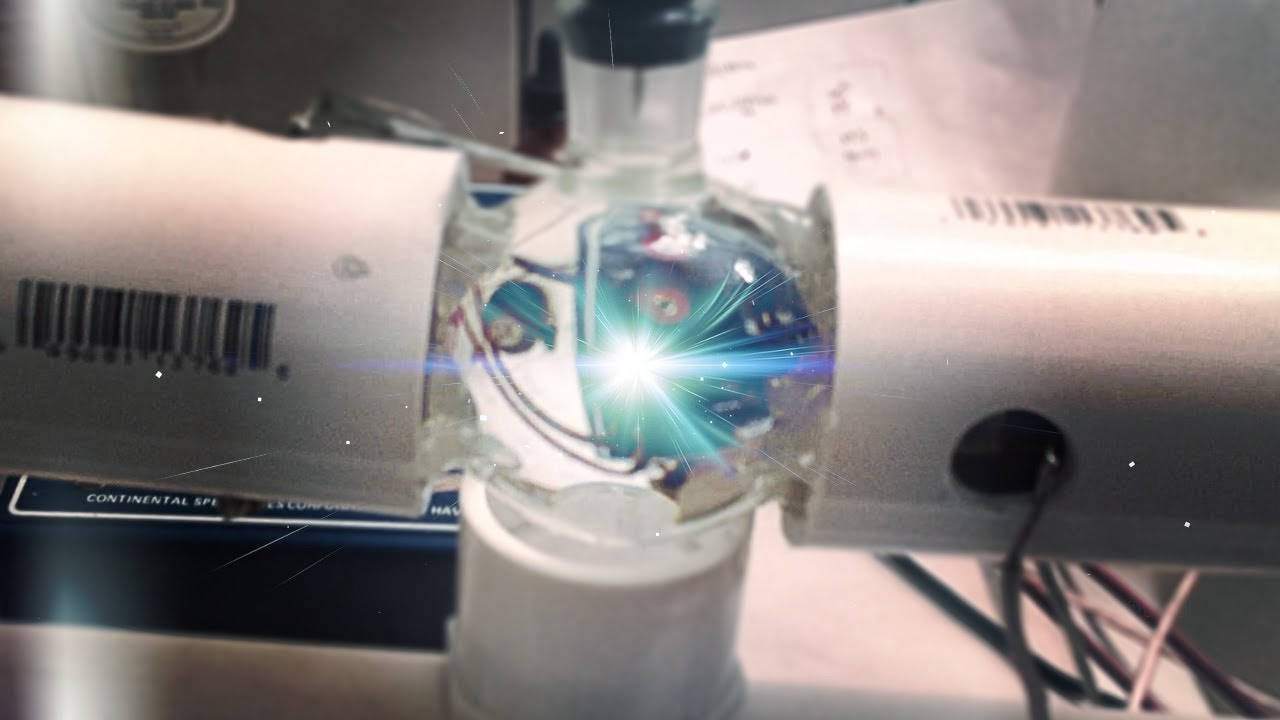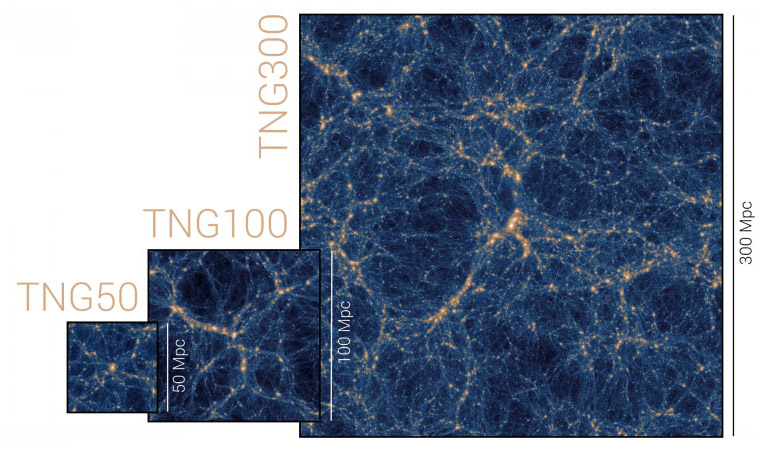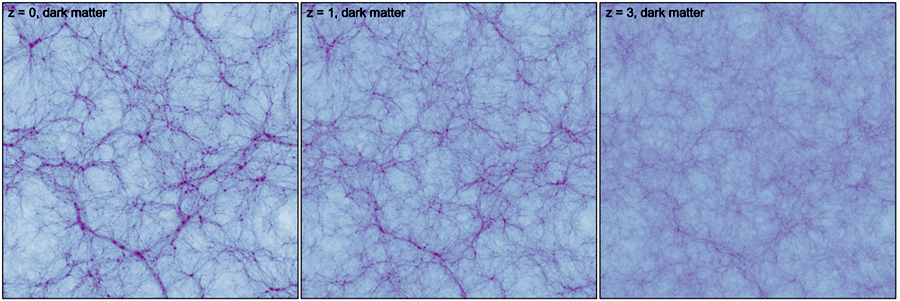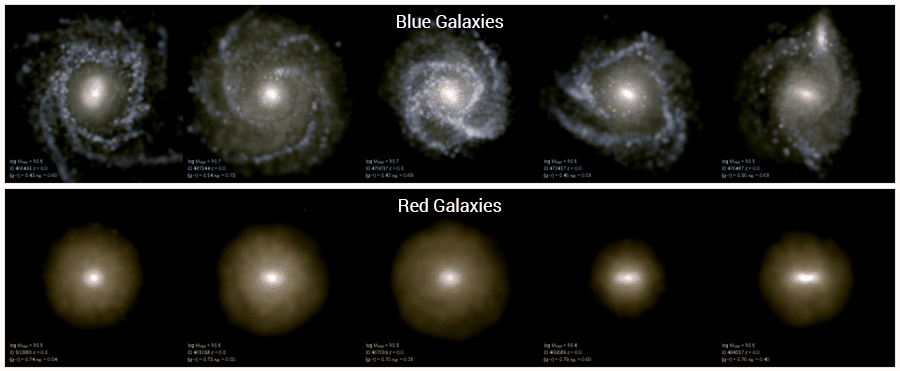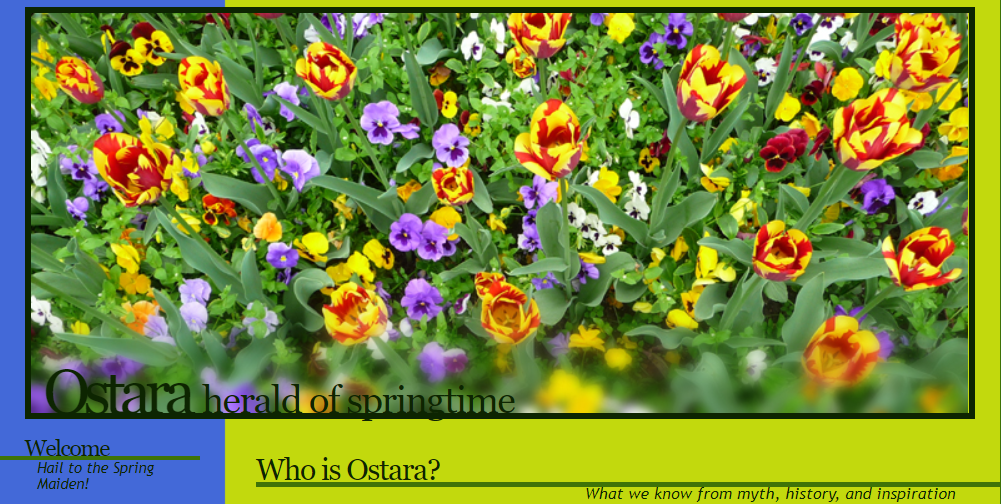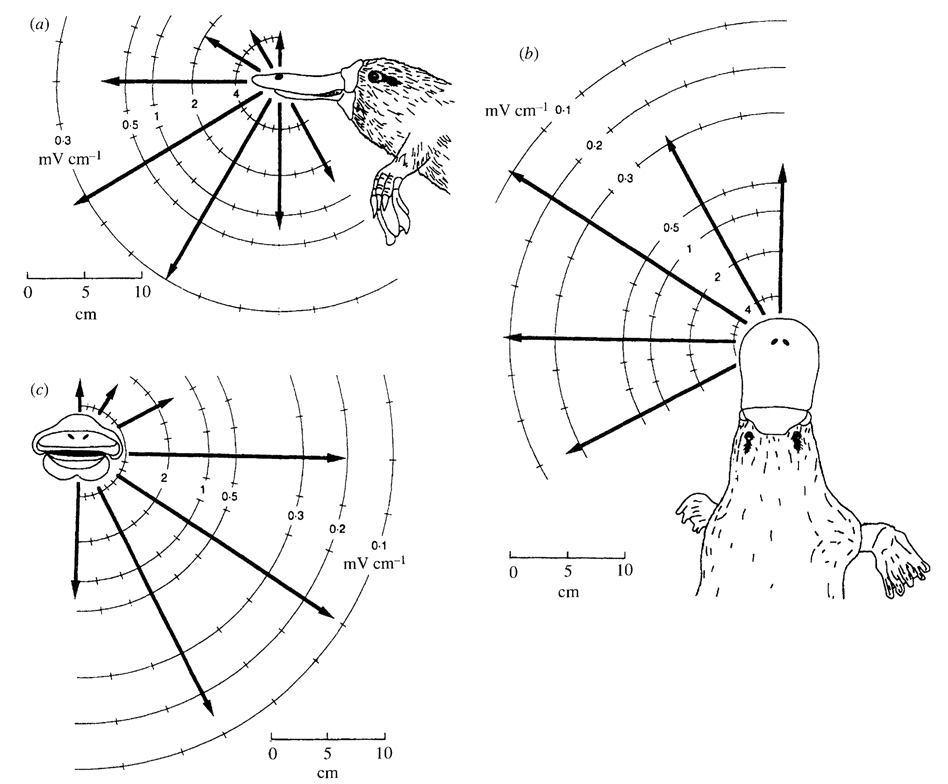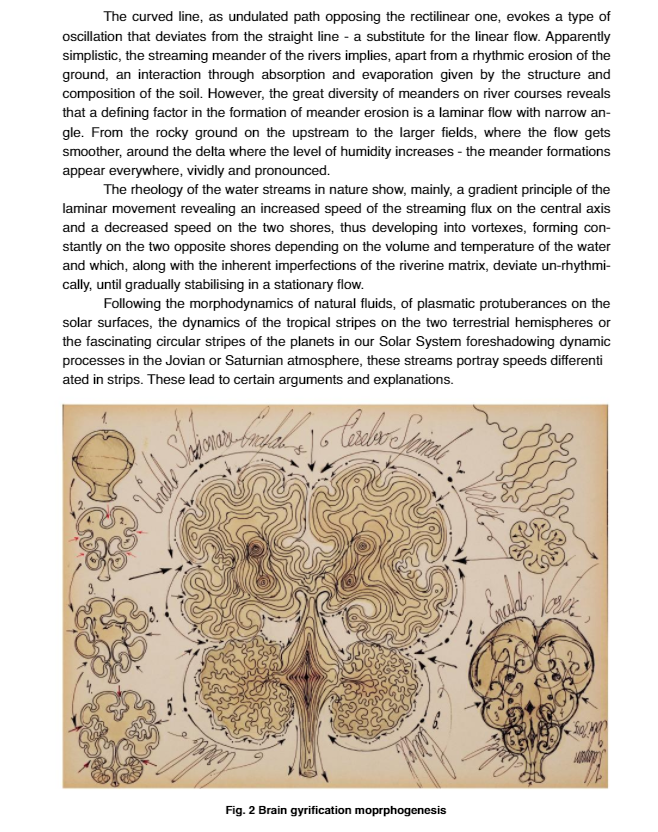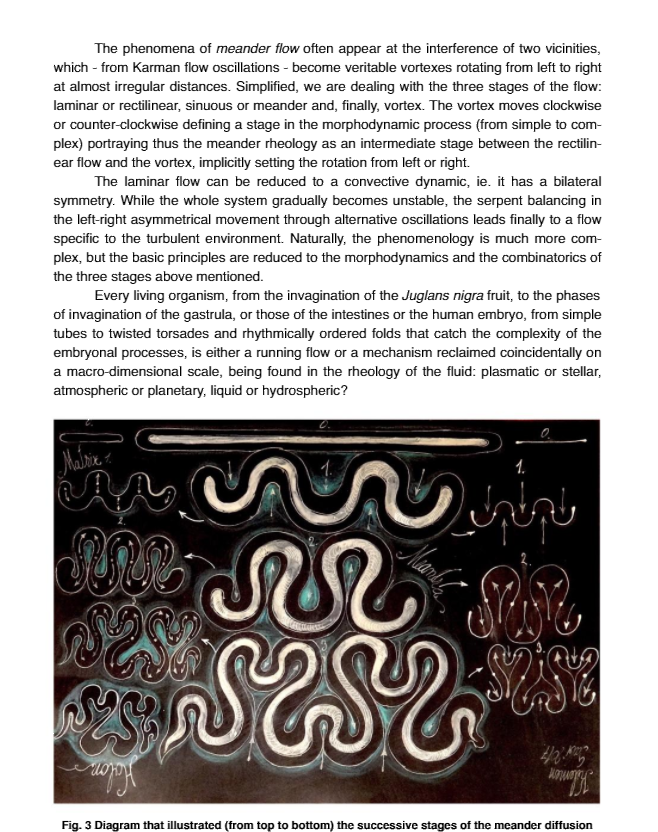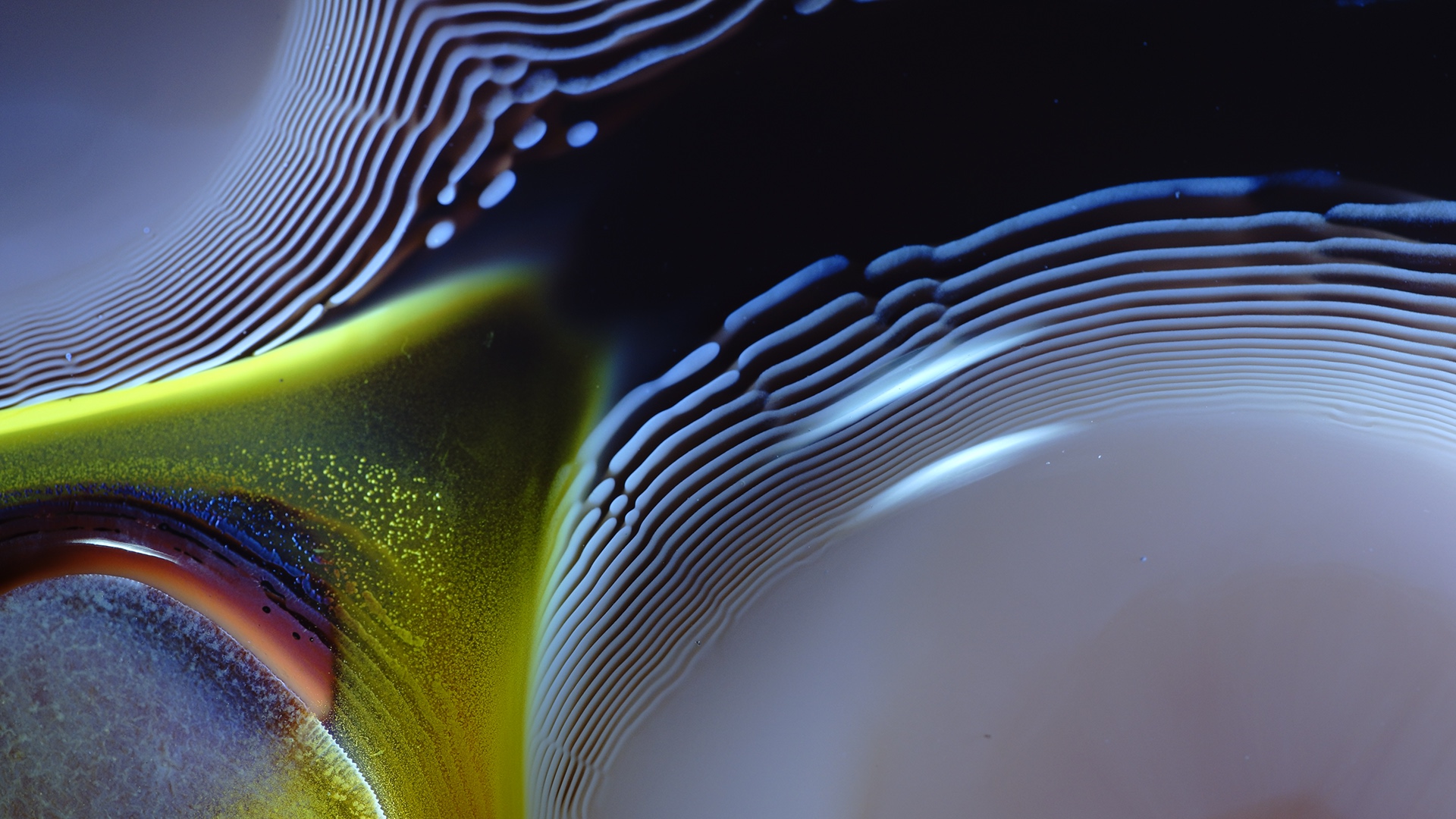by Jimmy Mikecz
What if sound didn’t only flow through matter but could produce unexpected phenomena like light? Research in sound has revealed the capacity of sound to influence matter in a way that produces light. The phenomenon of sonoluminescence (SL) is one example of this relationship.
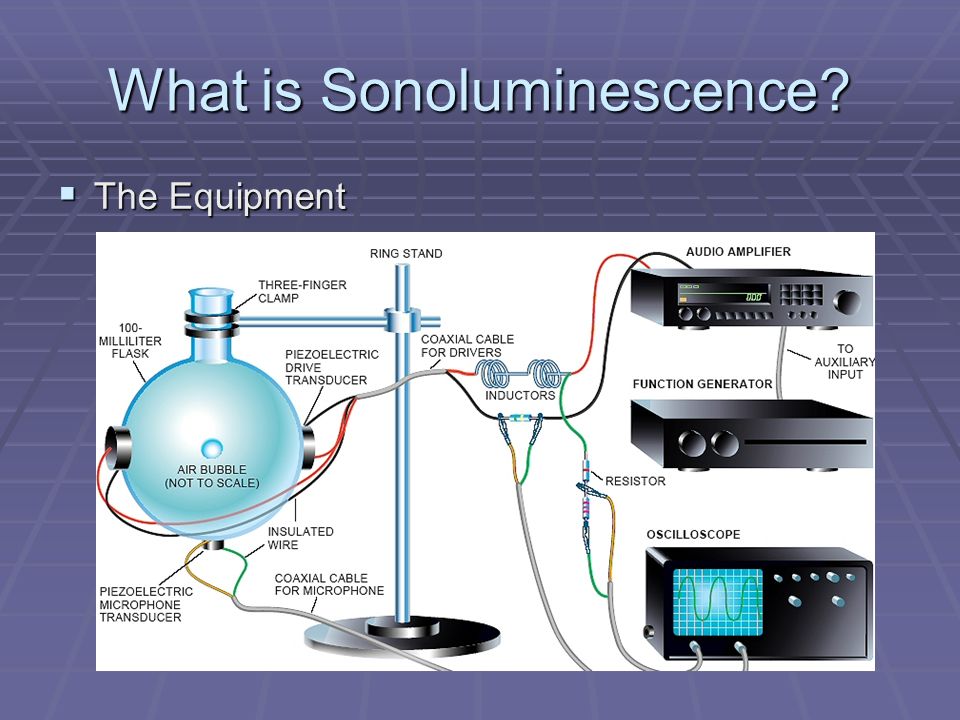
“If you want to find the secrets of the universe, think in terms of energy, frequency, and vibration.”
― Nikola Tesla
Sonoluminescence occurs when high-frequency sound vibrates tiny gas bubbles to reach star-like temperatures and emit flashes of light. The mechanism of sonoluminescence is not fully understood but its occurrence is well documented. As SL researchers probe deeper into the phenomenon, they have found that current fluid dynamic equations cannot explain why it happens. SL is a natural phenomenon as well, and marine biologists observe some species of shrimp using it as an attack against other creatures. It is the bridge between sound and light and can offer a deeper understanding of nature’s laws.
Sonoluminescence
In a study at UCLA called Sonoluminescence: How Bubbles Turn Sound into Light, scientists S.J. Putterman and K.R. Weninger explore the mathematics and phenomenology of sonoluminescence. It is known that this phenomenon is caused by the rapid expansion and contraction of a bubble. This is known because the broad-band UV light emitted appears at a frequency, though not continuously. Think of a strobe light as an analogy where flashes of light last only pico-seconds (trillionths of a second.) According to Prof. Putterman, the phenomenon of sonoluminescence can heat bubbles up to tens of thousands of degrees. The surface of these bubbles burns at about 20,000 K (~35,000 °F) and look like “little stars.”


